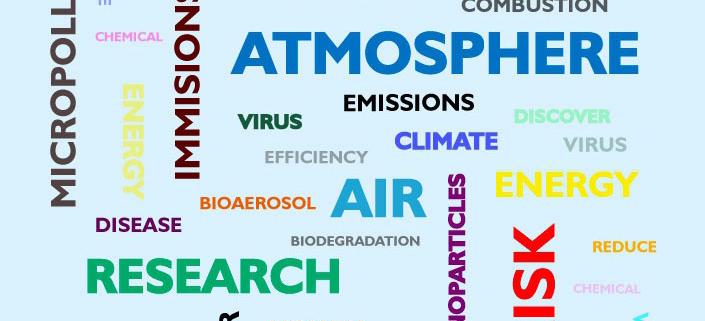Trace and new pollutants
Trace and New Pollutants
Emissions from motor vehicles, industrial processes, power generation, the household combustion of solid fuel and other sources pollute the ambient air across the globe. The precise chemical and physical features of ambient air pollution, which comprise a myriad of individual chemical constituents, vary around the world due to differences in the sources of pollution, climate and meteorology, but the mixtures of ambient air pollution invariably contain specific chemicals known to be carcinogenic to humans (IARC SCIENTIFIC PUBLICATION NO. 161).
Micropollutants represent a class of these compounds.
As concern for the organic ones, dibenzo-p-dioxins (PCDDs), polychlorinated dibenzofurans (PCDFs) and polychlorinated biphenyls (PCBs) are persistent organic pollutants (POPs) (Stockholm Convention 2001) and together with polycyclic aromatic hydrocarbons (PAHs), whose presence is ubiquitarian in ambient air, are of recognized health concern (IARC1987,1997;2016 WHO2000). POPs include a group of pollutants that are semi-volatile, persistent in the environment, bio-accumulative and toxic for humans and wildlife. POPs are ubiquitous environmental pollutants. PCDD/Fs are formed as unwanted by-products in many industrial and combustion processes. They are, e.g. unwanted products of processes such as bleaching of paper (with chlorine-based additives), melting, incineration and during the production of some herbicides and pesticides. In terms of the release of dioxins into the environment, incineration of uncontrolled waste (solid waste and hospital wastes from hospitals) is often considered one of the main guilty, since dioxins are formed mainly during incomplete combustion processes. Atmospheric transport is a primary pathway for the transfer of these pollutants to terrestrial and aquatic ecosystems via deposition.

Benzo (a) pyrene (BaP) belongs to the class of compounds defined as Polycyclic Aromatic Hydrocarbons (PAH), which originate mainly from incomplete combustion in industrial plants, in motor vehicles, but especially in residential heating systems, powered especially from biomasses. PAHs are largely absorbed on the carbon particles emitted by the same emission sources. A considerable number of PAHs have carcinogenic activity.


Mercury is a neurological toxin that accumulates in the food chain. Airborne mercury gets deposited over land and water. Water runoff from land brings more into lakes. As big fish eat smaller fish, mercury concentrations increase. Humans eat the bigger fish with the higher mercury levels.
The combustion of solid fuels is one of the main sources of environment contamination with mercury compounds. As heat is extracted from the combustion process, mercury can exist within the flue gas as elemental mercury, oxidized mercury (compound form, often assumed to be mercuric chloride) and particulate-bound mercury. Unlike oxidized mercury, Hg0 is insoluble in water and may be transported for long distances. In the form of Hg2+ mercury may be bound to airborne particles and can be introduced into the body by inhalation. Hg2+ may also reach the water reservoirs with rain.
Inorganic micropollutants such as metals are often present in air as a result of emissions from different types of industrial activities.
The emissions of metals such as As, Ni and Pb derive largely from combustion in industry and production processes, in addition to road transport for Pb and the production of energy for Ni.







